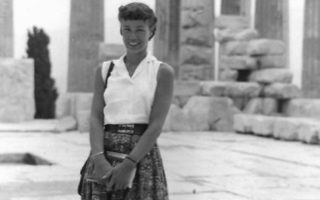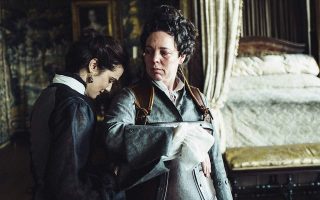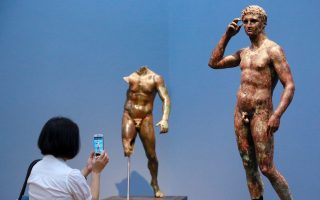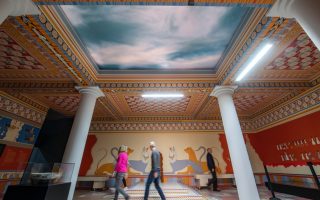Breathing new life into ancient toys to spark children’s interest
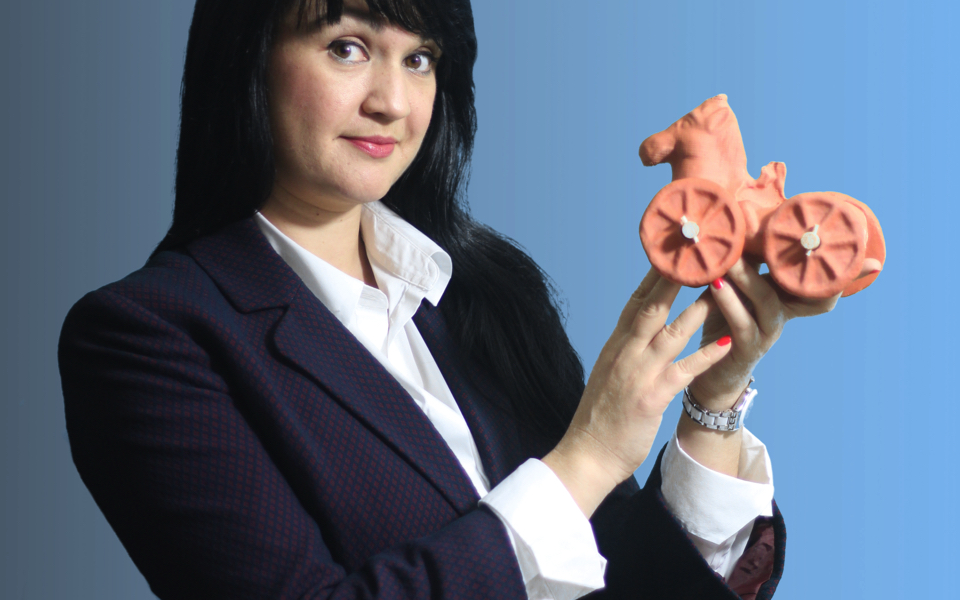
Sofia Pavlaki’s excitement when she talks about Greek Toys would shoot off the chart if we journalists had such a thing to measure interview subjects’ enthusiasm about their respective fields. It is her brainchild, an educational initiative she has developed with her husband Luis Santos, an art historian, artist and film director, and her sister Foteini, who is in charge of marketing.
Based in Brussels, Greek Toys comprises, among others, a 3D animation series, fun and educational activities for children, and the “Young Archaeologists” project, which is based on the Amphipolis Tomb in Central Macedonia and travels to museums and schools in various European cities.
The aim of the initiative, says Pavlaki, is to “acquaint children with the ancient Greek civilization by using the toys of antiquity – they are the key to unlocking their attention and interest.”
The protagonists of the initiative are nothing short of adorable. There’s Balius, a clay horse on wheels named after one of Achilles’ immortal steeds. Balius at Greek Toys admires Pegasus and dreams of becoming just like him when he grows up. Lili is a platagi, a clay doll with moving limbs that rattle when shaken, and is named after Helen of Troy, while Philon is a pig inspired by an ancient vessel.
“There are many similar vessels to Philon in Greece’s museums. They were probably used as toys but perhaps also as baby bottles as there are small holes on their snouts. We called him that because the name also resembles the word ‘philos,’ which means friend in Greek, and because the bottle is a baby’s first toy and friend,” explains Pavlaki.
I met the young Greek woman in Brussels, where she has lived for the past five years and works at a major Belgian telecoms firm. Pavlaki hails from Evia, studied information technology at the University of Piraeus, and has a master’s degree in advanced information systems. The crisis drove her abroad in search of work. A brain drain kid? “In part, but also because I wanted the experience of living in another country,” she says. “I had also spent a year in Germany before Belgium.”
Greek Toys is not all fun and games; there’s a lot of hard work and scientific research behind it.
“We study objects at museum and use technology to help us bring them back to life, digitally at first, restoring their original colors and rebuilding their broken parts. Then we use photogrammetry, which gives us very precise measurements, to create 3D copied of toys depicted on ancient vessels, which can then be studied by scientists and are available to the general public,” explains Pavlaki.
This material is essential in the workshops organized by Greek Toys. “We talk to the children about ancient Greek toys – where they were found, what they looked like, what they were made of and how they were used. We give them replicas they can examine and play with, and then we help them make their own toys out of clay or plasticine. We tell them that when they visit museums, they shouldn’t just pay attention to the big pieces of impressive art, but also to the small, humble finds, because these are a better indication of how people lived back then,” she says.
What has Pavlaki learned in the process? “That everything’s a game. Think about it. What defines a game? Certain roles and rules, and a specific setting. Isn’t that just like real life?”
